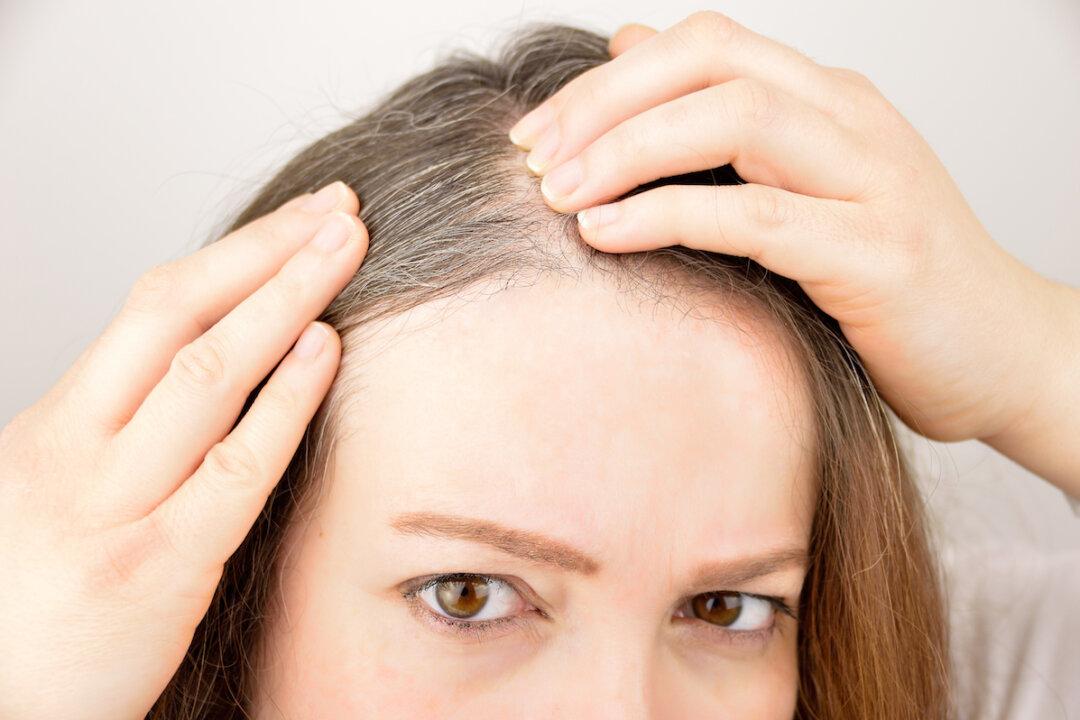When you search for the reason for disease, it is either rooted in toxin accumulation, nutrient deficiency, poor mindset, or genetic mutations. Usually, it is a combination of all three and they team up to make your life miserable with annoying or unbearable symptoms.
Taking the time to understand the cause of your pain and learning how to remedy it can be a daunting task. Where do you start? Which tests do you get? How do you know if you are rectifying the problem?






